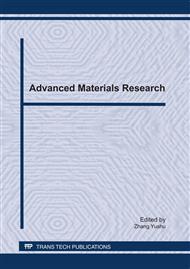p.88
p.93
p.98
p.103
p.107
p.111
p.116
p.121
p.126
High Speed Rail: Review on the Regional Impact and Economy Development
Abstract:
This impacts of high-speed rail transit, such as the Japanese Shinkansen the first high-speed rail in the world, has been contributed on regional structure or regional systems. The previous study has been mainly centered on many aspects. Does construction of high-speed rail transit in less-developed or remote regions lead to economic activity or population dispersion from developed regions, and thus, lead to the reduced regional disparities Traditionally, answers to such questions would be obtained through large-scale multi-regional econometric models, which are capable of predicting inter-regional trade. Detailed models are more general in the sense that they can provide richer information in response to various policy variables. The construction of high-speed rail (HSR) is very populous in China. It is no doubt that the HSR will have great impact on the regional development and bring great beneficial economic and social effects. In this paper, the HSR and impact on the regional development is summarized. The first high-speed intercity line from Beijing to Tianjin, which became operational since 2008, has being creating positive impacts on regional economic development and other aspects.
Info:
Periodical:
Pages:
107-110
Citation:
Online since:
February 2011
Authors:
Price:
Сopyright:
© 2011 Trans Tech Publications Ltd. All Rights Reserved
Share:
Citation:


